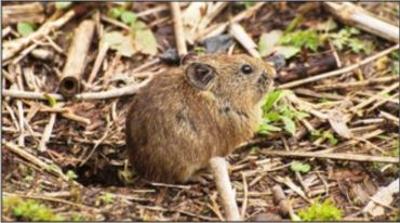Mysuru :
Adding to its Clean City fame, Mysuru has bagged the Number 1 position as the ‘Open Defecation-Free City’. It has been recognised as the first city with a million-plus population to achieve this distinction.
For two years in a row, Mysuru has topped the list of the cleanest cities in the country. It was named the cleanest in the country by a nationwide survey Swachh Survekshan 2016, which was carried out under the Swachh Bharat Mission that was launched on October 2, 2014 by Prime Minister Narendra Modi.
It may be mentioned here that about a couple of months back, representatives from the Quality Council of India visited Mysuru for an inspection and had submitted a report to the Union Urban Development Ministry that the city qualifies the parameters of an open defecation-free city.
The report also mentioned about the city’s cleanliness, waste disposal and drainage systems.
The MCC will be presented with the award by Prime Minister Narendra Modi on Sept. 30 in New Delhi which will be received by Mayor B.L. Bhyrappa, Deputy Mayor Vanitha Prasanna and MCC Commissioner G. Jagadeesha, according to MCC Health Officer Dr. Ramachandra.
source: http://www.starofmysore.com / Star of Mysore / Home> General News / September 24th, 2016

